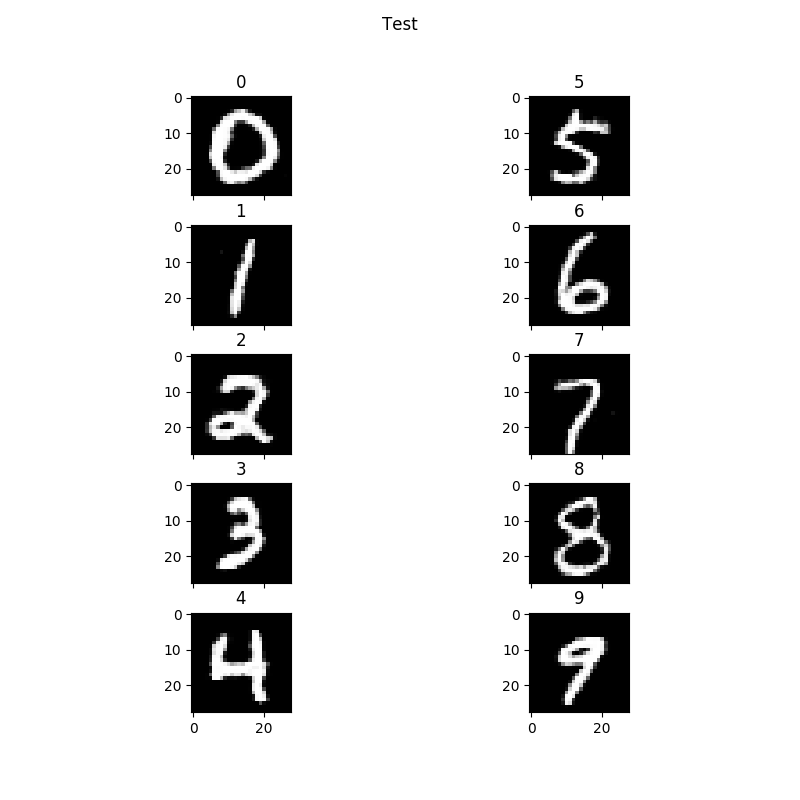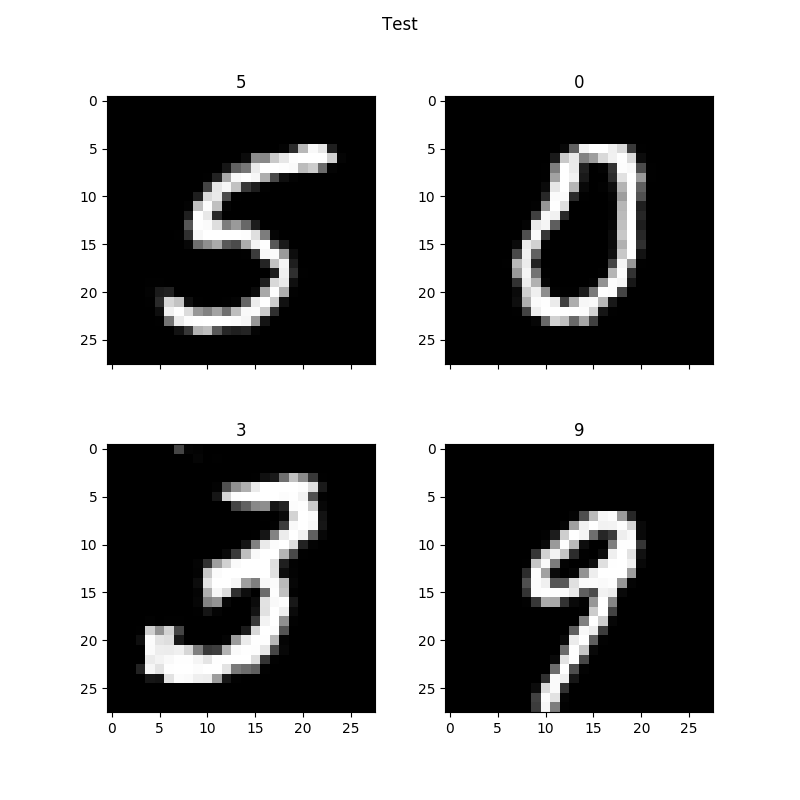This repository contains code for the paper, Real-valued (Medical) Time Series Generation with Recurrent Conditional GANs, by Stephanie L. Hyland* (@corcra), Cristóbal Esteban* (@cresteban), and Gunnar Rätsch (@ratsch), from the Ratschlab, also known as the Biomedical Informatics Group at ETH Zurich.
*Contributed equally, can't decide on name ordering
Idea: Use generative adversarial networks (GANs) to generate real-valued time series, for medical purposes. As the title suggests. The GAN is RGAN because it uses recurrent neural networks for both encoder and decoder (specifically LSTMs).
We aim to generate time series from ICU patients, using the open-access eICU dataset. However, we also generate some non-medical time-series, like sine waves and smooth functions sampled from Gaussian Processes, and MNIST digits (imagined as a time series).
Sharing medical data is hard, because it comes from real people, and is naturally highly sensitive (not to mention legally protected). One workaround for this difficultly would be to create sufficiently realistic synthetic data. This synthetic data could then be used to reproducibly develop and train machine learning models, enabling better science, and ultimately better models for medicine.
We claim in this paper, that synthetic data is useful when it can be used to train a model which can perform well on real data. So, we use the performance of a classifier trained on the synthetic data, then tested on real data as a measure of the quality of the data. We call this the "TSTR score". This is a way of evaluating the output of a GAN without relying on human perceptual judgements of individual samples.
We also include the case where the GAN is trained in a differentially private manner, to provide stronger privacy guarantees for the training data. We mostly just use the differentially private SGD optimiser and the moments accountant from here (with some minor modifications).
Primary dependencies: tensorflow, scipy, numpy, pandas
Note: This code is written in Python3!
Simplest route to running code (Linux/Mac):
git clone [email protected]:ratschlab/RGAN.git
cd RGAN
python experiment.py --settings_file test
Note: the test settings file is a dummy to demonstrate which options exist, and may not produce reasonable looking output.
See the directories in this folder: https://github.com/ratschlab/RGAN/tree/master/experiments
The main script is experiment.py - this parses many options, loads and preprocesses data as needed, trains a model, and does evaluation. It does this by calling on some helper scripts:
data_utils.py: utilities pertaining to data: generating toy data (e.g. sine waves, GP samples), loading MNIST and eICU data, doing test/train split, normalising data, generating synthetic data to use in TSTR experimentsmodel.py: functions for defining ML models, i.e. the tensorflow meat, defines the generator and discriminator, the update steps, and functions for sampling from the model and 'inverting' points to find their latent-space representationsplotting.py: visualisation scripts using matplotlibmmd.py: for maximum-mean discrepancy calculations, mostly taken from https://github.com/dougalsutherland/opt-mmd
Other scripts in the repo:
eICU_synthetic_dataset_generation.py: essentially self-contained script for training the RCGAN to generate synthetic eICU dataeICU_task.py: script to help identify a doable task in eICU, and generating the training data - feel free to experiment with different, harder tasks!eICU_tstr_evaluation.py: for running the TSTR evaluation using pre-generated synthetic dataseteugenium_mmd.py: code for doing MMD 3-sample tests, from https://github.com/eugenium/mmdeval.py: functions for evaluating the RGAN/generated data, like testing if the RGAN has memorised the training data, comparing two models, getting reconstruction errors, and generating data for visualistions of things like varying the latent dimensions, interpolating between input samplesmod_core_rnn_cell_impl.py: this is a modification of the same script from TensorFlow, modified to allow us to initialise the bias in the LSTM (required for saving/loading models)kernel.py: some playing around with kernels on time seriestf_ops.py: required byeugenium_mmd.py
There are plenty of functions in many of these files that weren't used for the manuscript.
TODO
Get MNIST as CSVs here: https://pjreddie.com/projects/mnist-in-csv/
eICU is access-restricted, and must be applied for. For more information: http://eicu-crd.mit.edu/about/eicu/
TODO: describe how we preprocess eICU/upload script for doing it



